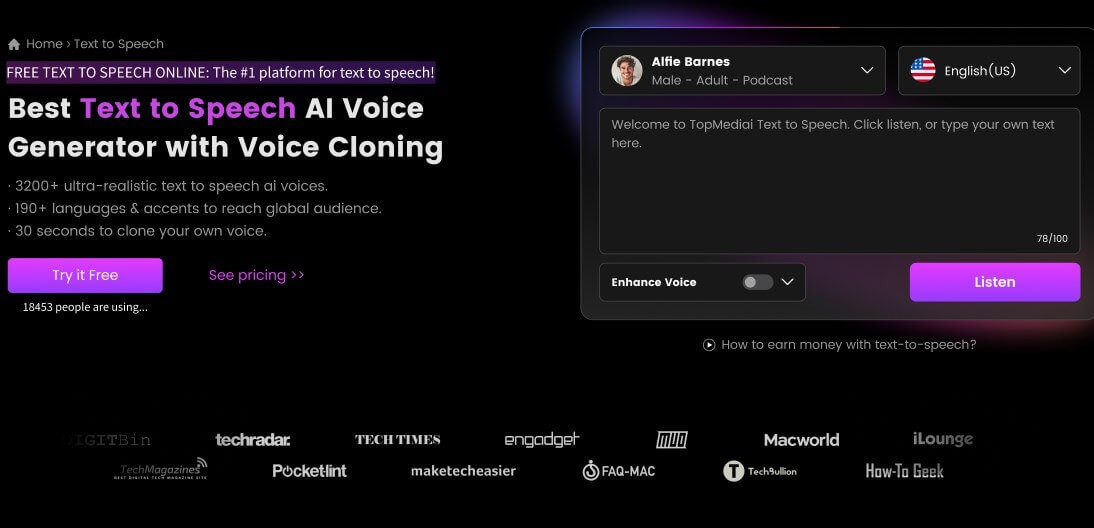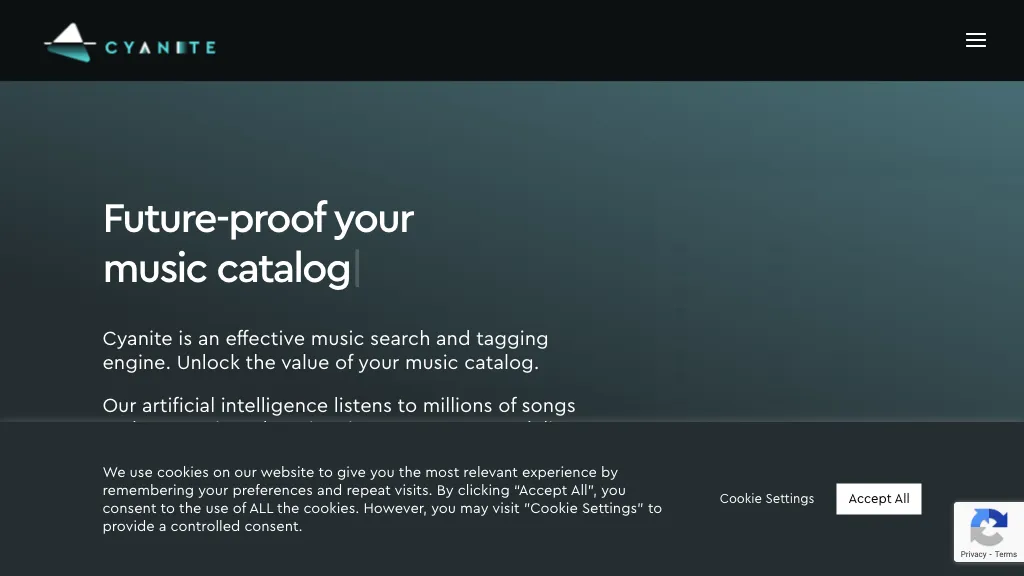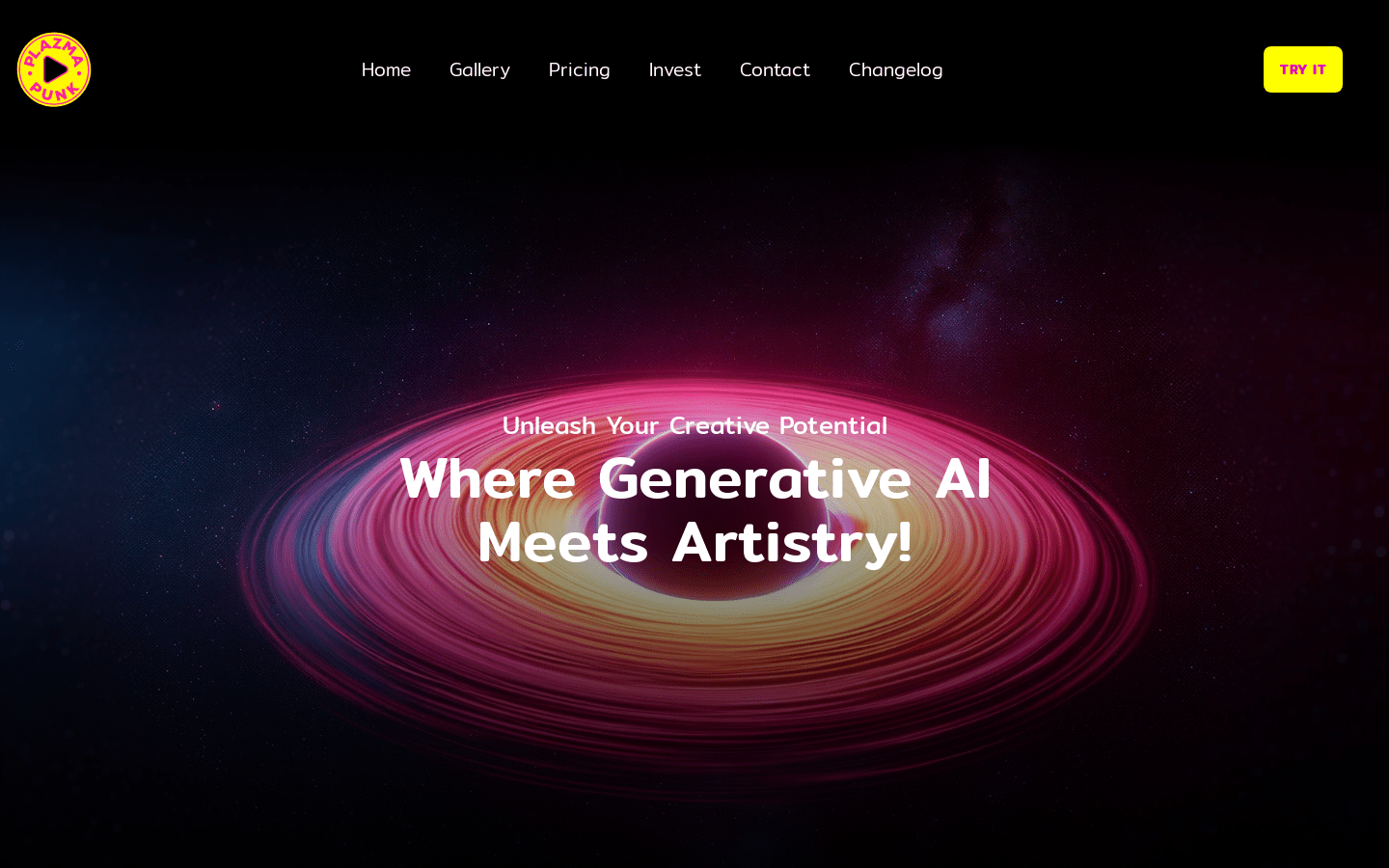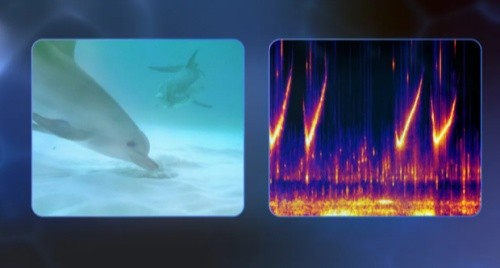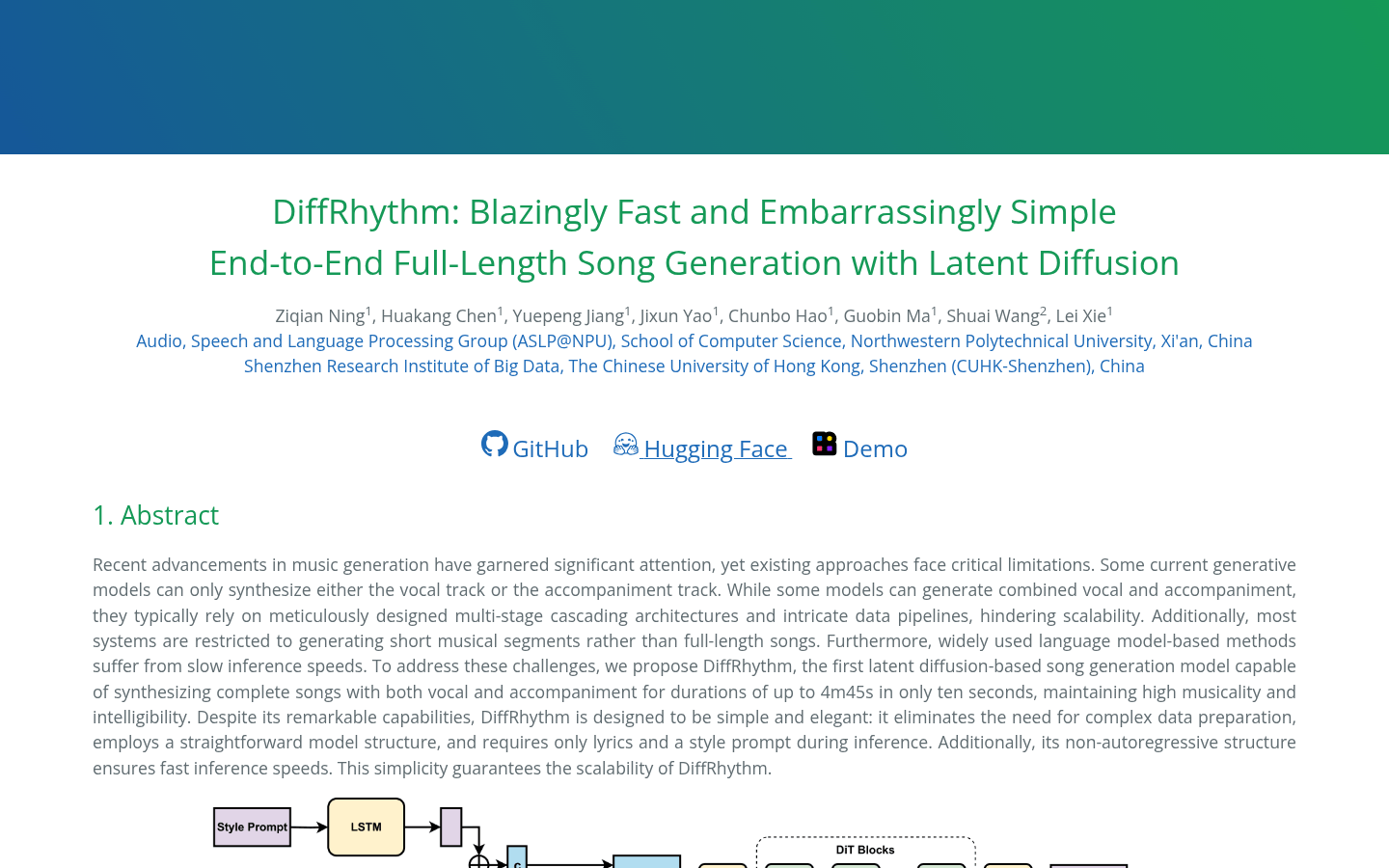
DiffRhythm is an innovative music generation model that uses potential diffusion technology to achieve fast and high-quality full-song generation. This technology breaks the limitations of traditional music generation methods, without the need for complex multi-stage architecture and cumbersome data preparation, and only lyrics and style tips can generate complete songs up to 4 minutes and 45 seconds in a short time. Its non-autoregressive structure ensures rapid inference speed and greatly improves the efficiency and scalability of music creation. The model was jointly developed by Northwestern Polytechnical University Audio, Voice and Language Processing Group (ASLP@NPU) and the Big Data Research Institute of the Chinese University of Hong Kong (Shenzhen) to provide a simple, efficient and creative solution for music creation.
Demand population:
"This product is suitable for music creators, music producers, entertainment industry practitioners, and individuals interested in music creation. It provides powerful tools for those who want to quickly generate high-quality music works, whether it is for commercial music production, personal creation or entertainment content generation."
Example of usage scenarios:
Quickly generate background music for movies or video games.
Provide creative inspiration and preliminary musical frameworks for independent musicians.
Generate music examples for teaching for educational institutions.
Product Features:
End-to-end full song generation: able to generate vocals and accompaniment at the same time to generate complete songs.
Quick reasoning: Generate songs up to 4 minutes and 45 seconds in a short time (such as 10 seconds).
Easy to use: Only lyrics and style tips are required to reason, without complex data preparation.
High musicality and intelligibility: The generated songs maintain high quality in melody and lyric expression.
Supports multiple styles: different styles of music can be generated through style prompts.
Tutorials for use:
1. Visit DiffRhythm 's GitHub page or Hugging Face page to obtain models and related resources.
2. Prepare lyrics text and style tips as input to the model.
3. Use the model to reason and generate a complete song with vocals and accompaniment.
4. Make further edits or adjustments to the generated songs as needed.
5. Use the generated music for creation, education or entertainment purposes.
